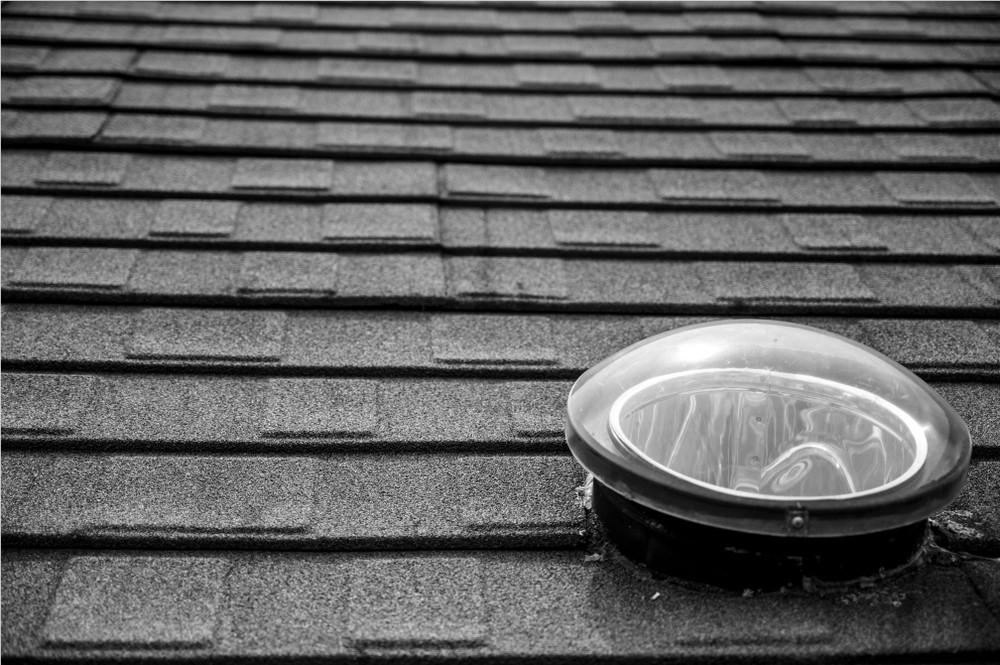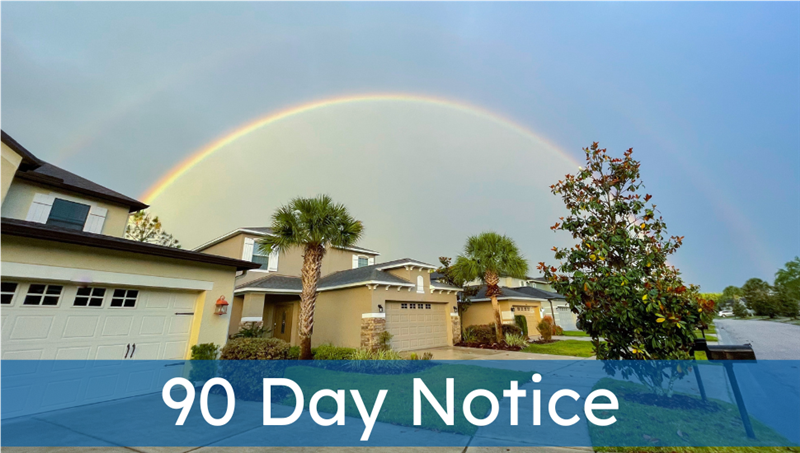Whether you think you need a new roof due to damage or age, or you’re doing your due diligence as a homeowner — roof inspections are an important piece of the puzzle. To the untrained eye, a roof inspector may look like they simply walk around your house for a while, but what are they looking at?
Here is a short list of some of what our experts look for during the roof inspection process.
Missing and Broken Shingles
Look around at the homes in your neighborhood. Chances are, most of them have asphalt shingle roofs. That’s because four of every five residential roofs in the United States utilize asphalt shingles as their roofing material. Shingles are great in that they are cost-effective, customizable, and have relatively long service lives — but they become brittle over time.Most shingle roofs last about 25 years before needing replacement, after which the shingles may crack or break more easily, or even come off completely in windy conditions. Catching missing or broken shingles early can save on costly repairs in the future.
Organism Growth
Nobody likes seeing unsightly moss, mold, or mildew growth on their roof. However, these issues go beyond simple looks as they can also damage the shingles and underlying structure of your roof. These issues don’t crop up overnight either, so growth can indicate a roof reaching the end of its service life in some situations.Moss, mold, and mildew all need moisture to grow, and they absorb and hold it like a sponge. As these organisms grow, they can impede proper water runoff from your roof — further increasing their water supply which can destroy shingles over time.

Structural Shingle Issues
Problems like rippling, buckling, or blistering shingles can cause all sorts of problems in the long term. These symptoms can be indicators of:- Old shingles that need to be replaced
- Improper roof ventilation
- Poorly installed shingles
- Multiple layers of shingles on top of each other
- Wet or damaged underlayment
The Presence/Health of Drip Edges
A drip edge is a type of flashing found at the edge of a roof that helps direct the flow of water in a way to protect the wooden roof fascia from water damage. We inspect to make sure your roof is equipped with a drip edge, and make sure it is correctly installed. We also look for rotting or damaged fascia boards, as it can be an indicator of drip edge issues, and can lead to costly structural damage over time.Subscribe to Batterbee Roofing's Blog







Comments